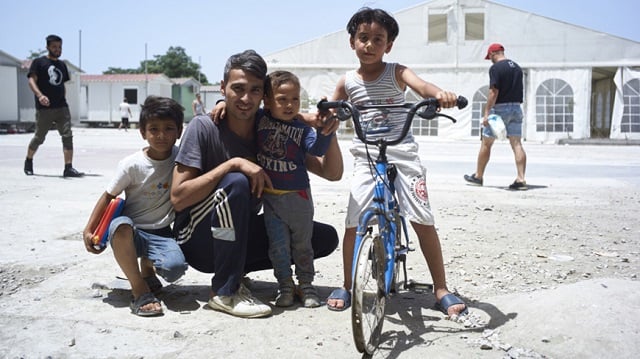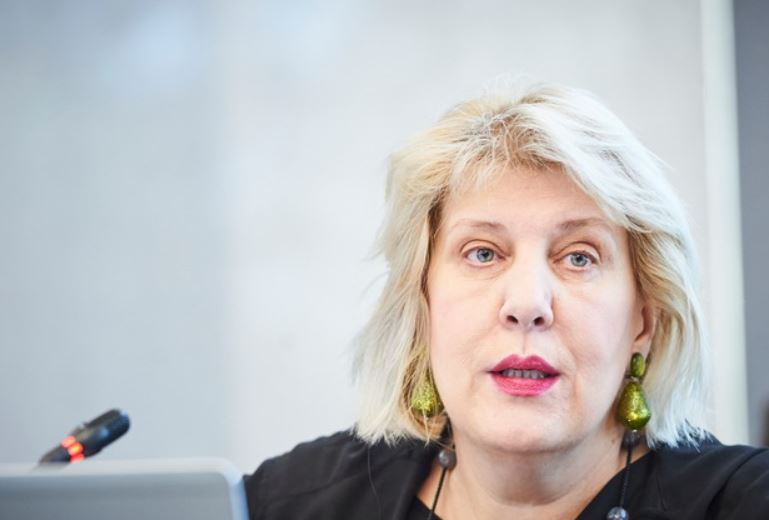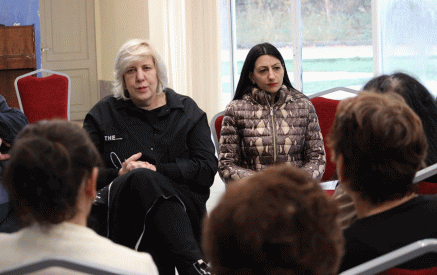The Special Representative of the Secretary General on Migration and Refugees, Ambassador Drahoslav Štefánek, is launching the handbook “Family reunification for refugee and migrant children – standards and promising practices”. The handbook focuses on the reunification of families with children, with a particular focus on unaccompanied and separated refugee and migrant children. The purpose of the handbook is to encourage discussions in member states on potential or already existing solutions for obstacles and challenges to restoring family links.
“In the absence of sustainable relocation agreements, family reunification remains a feasible legal pathway to decongest facilities in frontline countries and to promote effective asylum procedures throughout the continent. It is a vital tool to ensure respect for children’s rights and their best interests”, said the Special Representative.
To mark the launch of the publication, the Special Representative organised a webinar. Christos Giakoumopoulos, Director General of Human Rights and Rule of Law of the Council of Europe, said: “Family reunion enables persons who have fled to resume a normal life. It is therefore equally beneficial to individuals and to states’ social integration policies. Quite often, however, practical obstacles hinder access to family reunification procedures. The handbook launched today addresses concrete ways to overcome these obstacles. I trust it will strengthen the foundations for good actions in the field – actions that are urgently needed”.
The Commissioner for Human Rights, Dunja Mijatović, made a keynote speech, in which she emphasised that “States should put family reunification at the centre of asylum and migration policies. Family reunification is indeed a key component for the protection of the rights of refugees and migrants, especially children, and for the promotion of inclusive societies.”
Read also
Council of Europe



























































